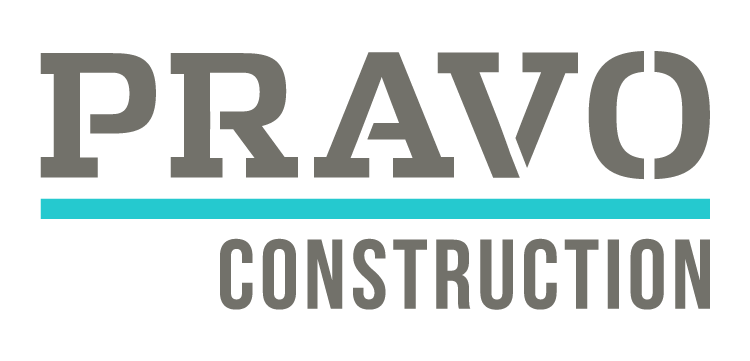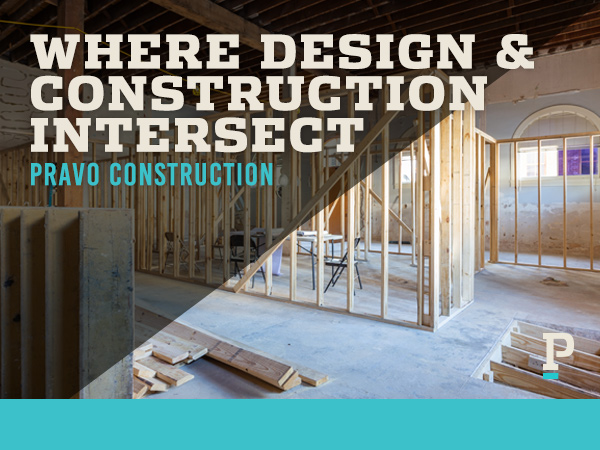By: Aaron Fichera
Leading the charge for historical preservation and reuse properties in the heart of Austin, Texas, we are often asked about the dynamics of our working relationship with architects – especially those based in our local community. It’s a rich, layered topic, and one that deserves careful examination when looking to assemble your next project teams or begin the arduous process of commercial construction.



The role of a general contractor, like us, often intersects with that of architects. We’re two halves of a single, complex organism that breathes life into construction projects. The relationship does not stop once the plans and designs are in the builder’s hands. The relationship begins at the inception of a project and develops a shared understanding of design and constructibility. While architects transform ideas into visual plans, we, the general contractors, turn those plans into reality. It’s a delicate dance of creativity, precision, and collaboration but one misstep can be costly and cause missed milestones.
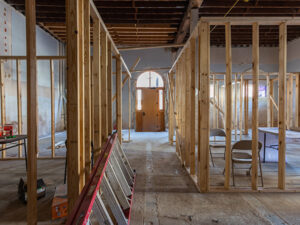
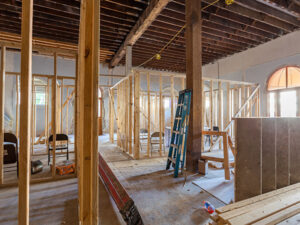
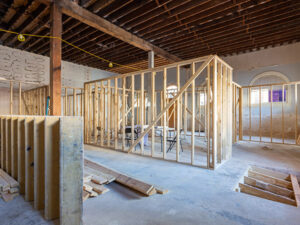
A cornerstone of our success at Pravo Construction is transparent communication with all stakeholders. We believe it’s the lifeblood that keeps projects flowing smoothly, milestones aligned, and where the client gains confidence and can see the results. To illustrate its importance, I’ll share a quick success story.
We once partnered with an Austin-based architectural firm on a reuse commercial project. Despite a tight deadline, the open lines of communication between our teams helped us preempt issues with early on-site demolition, managing design changes efficiently, and delivering the project on schedule. Through value engineering and developing conversations around solutions in weekly meetings, we were able to save on items and deliver in time for South by Southwest (SXSW).
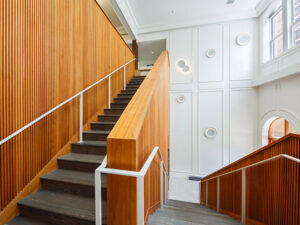

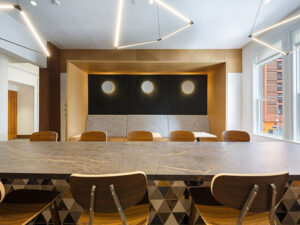
Looking to the future, the relationships between general contractors and architects is crucial when owners are looking to convert empty office spaces into new use cases. Having the knowledge of the space and what to expect in pre-existing conditions can help inform the design team of challenges and hurdles. We are seeing this growing need for this type of direction and communication in the blossoming trend of converting empty office spaces and high rises. When working with both historical sites or modern open floor plans, these offer inherent design challenges due to how they were constructed. However, we are now seeing a need to work with design and investment groups early in the project cycle to find solutions like cutting internal shafts, redo MEP infrastructure, as well as reinforcing columns and steel plates. By having your design and construction team aligned and communicating about the project from the beginning through completion, the investment needed in these properties are a lot less riskier and the chances of success are greater.

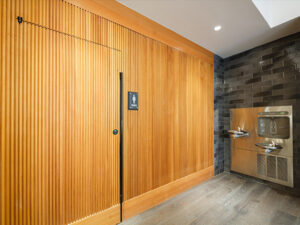

Working in today’s construction landscape, we need to be accustomed to encountering a variety of construction challenges. Design discrepancies, budgeting conflicts, long lead times, rising material cost, quality control, and regulatory compliance are some common hurdles we all face as a project team. But every challenge presents an opportunity to tighten our collaborative bonds and come to the table with solutions rather than finger pointing. We tackle these issues head-on by creating clear communication protocols, defining and understanding our roles early, aligning on project timelines, handling design changes proactively, and carrying out thorough checks weekly. As a general contractor, we feel it’s our duty to keep these wheels turning smoothly for the benefit of the entire project team while bridging the gap between design and construction teams.
